I'm currently trying to take a GraphQL query and using Apollo, display the result on my React Native app.
Here is the relevant code in App.js:
import {LoginScreen} from './src/Screens'
import ApolloClient from 'apollo-client';
import { ApolloProvider } from 'react-apollo';
import { HttpLink } from 'apollo-link-http';
import { InMemoryCache } from 'apollo-cache-inmemory';
const myLink = new HttpLink({
uri: 'http://localhost:5000/graphql',
});
const client = new ApolloClient({
link: myLink,
cache: new InMemoryCache()
});
export default class App extends React.Component{
render() {
return(
<ApolloProvider client={client}>
<LoginScreen/>
</ApolloProvider>
)}
}'
And here is the relevant code in LoginScreen.js
function ShowUser({data: { loading, otsUserByUserId }}) {
if (loading) {
return <Text>Loading</Text>;
} else {
console.log("Ots user is " + otsUserByUserId)
console.log("Data: " + data)
return (
<View>
{otsUserByUserId.map(user =>
<Text>The name of user is {user.firstName} {user.lastName}.</Text>
)}
</View>
);
}
}
export default graphql(gql`
query otsUser{
otsUserByUserId(userId:1) {
firstName
lastName
}
}
`)(ShowUser)
My query works in GraphiQL as you can see:

And just to show that I'm using the correct endpoint for my link:

When running this, in my debugger, I see

This shows that data is undefined and it's a networking error. So I must be doing something wrong on my setup on the front end. In some way, I am not using Apollo correctly. It seems pretty obvious that the error is in my App.js in how I define client, but I haven't been able to get anything to work for a while now, and it's driving me nuts. I can't find any SO posts on this.
I've gone through the Apollo docs multiple times and have been trying to just get something to work for a few days now. Any help is much appreciated. Thank you for your time.